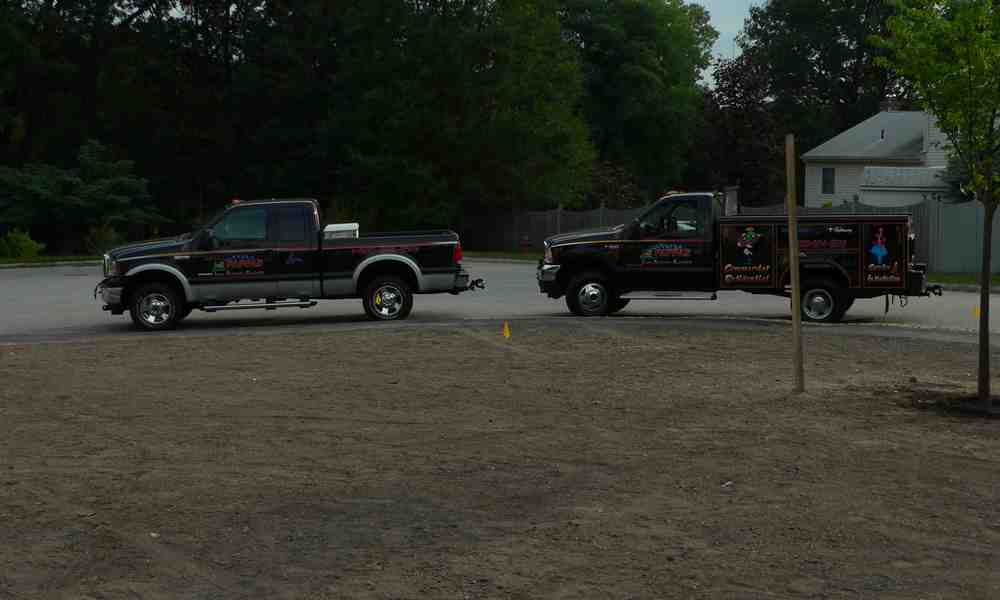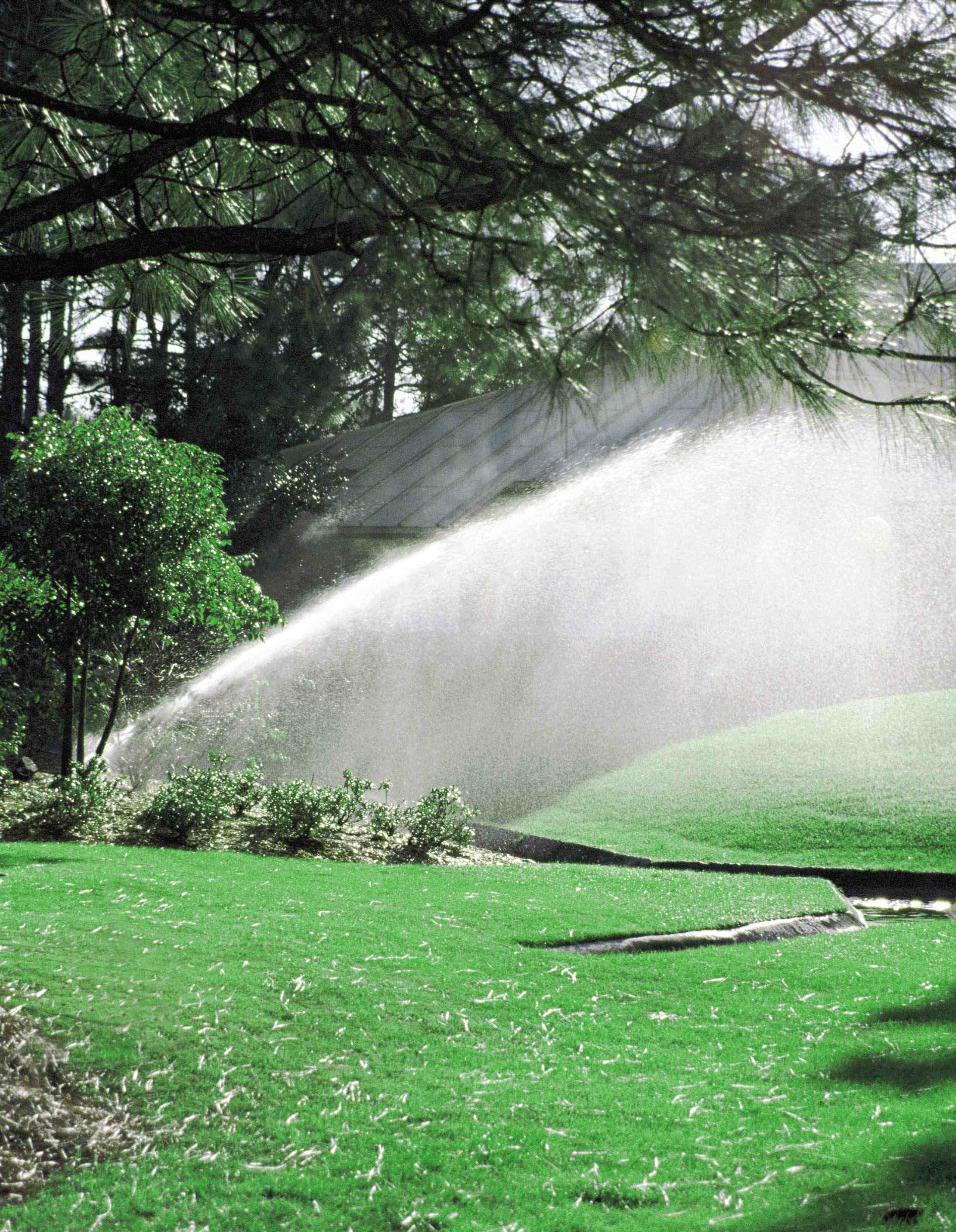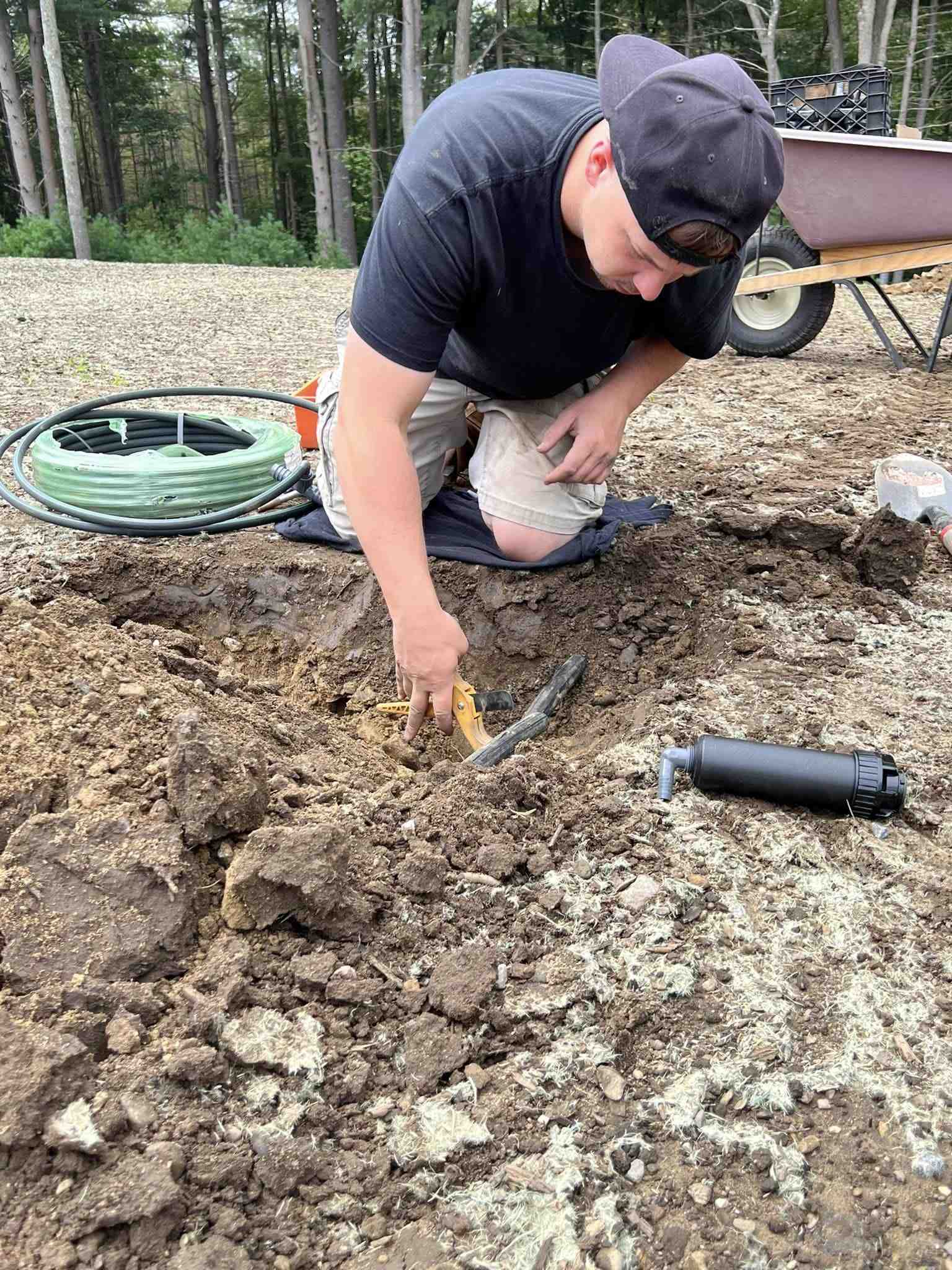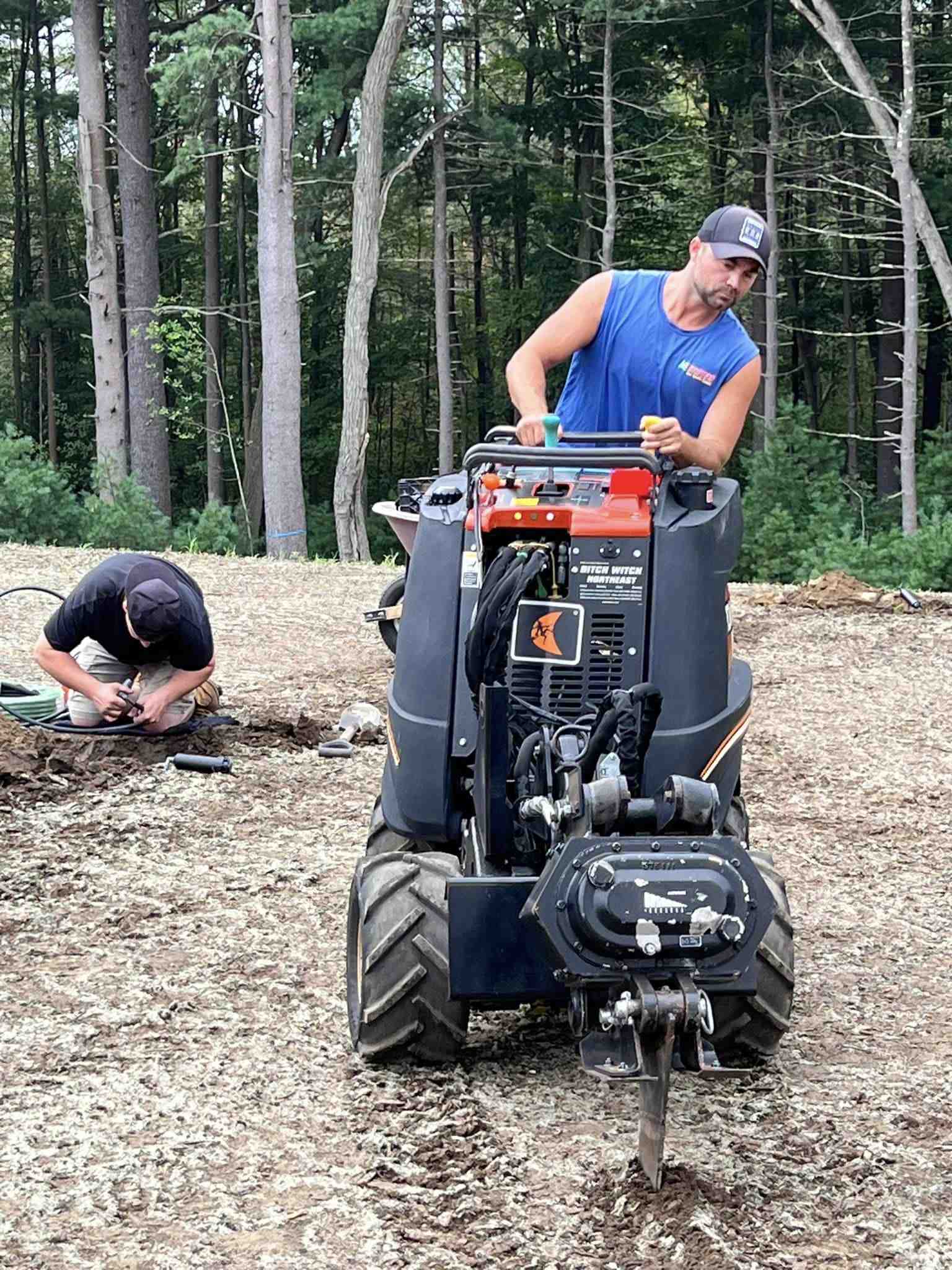Lawn Sprinkler Irrigation System: Top 5 Benefits in 2024
How Lawn Sprinkler Irrigation Systems Enhance Your Property
A beautiful, green lawn is not only pleasing to the eyes but also enhances your property’s curb appeal. If you’re searching for the best way to maintain that lush greenery, installing a lawn sprinkler irrigation system might be your answer. This article breaks down everything you need to know about these systems.
Key Points to Remember:
– Increased Curb Appeal: A well-irrigated lawn looks more attractive.
– Water Conservation: Efficient systems save water and reduce bills.
– Customization: Systems can be tailored to your lawn’s specific needs.
Investing in a professional irrigation system ensures even watering, eliminating dry patches and overwatered areas. Avoid the hassle of manual watering and enjoy the benefits of a healthy lawn effortlessly.
I’m Peter Pappas, with over 37 years of experience in designing and installing lawn sprinkler irrigation systems. Alongside my team at P.J. Pappas Company, we’re dedicated to delivering top-notch irrigation solutions to enhance your property’s beauty and functionality.

Understanding Lawn Sprinkler Irrigation Systems
A lawn sprinkler irrigation system is an underground network that distributes water to your lawn through a series of pipes and sprinkler heads. The main components include:
- Sprinkler heads: Devices that spray water onto your lawn.
- Pipes: Channels that carry water from the source to the sprinkler heads.
- Valves: Control the flow of water to different zones.
- Controller: Automates the watering schedule.
These systems ensure that your lawn gets the right amount of water, promoting healthy grass growth and saving you time and effort.
Types of Sprinkler Heads
Choosing the right sprinkler heads is crucial for effective watering. Here are the main types:
- Pop-up Sprinklers: These are great for lawns. They stay hidden underground and pop up when watering. Ideal for even coverage.

- Rotors: These heads rotate to cover larger areas. They are best for medium to large lawns. They distribute water slowly, reducing runoff.

- Bubblers: These are perfect for garden beds and trees. They release water directly at the base, ensuring deep soil penetration.

Choosing the Right System for Your Lawn
Selecting the right lawn sprinkler irrigation system depends on several factors:
- Coverage: Measure your lawn to determine how many sprinkler heads you need. Different heads cover different areas.
- Soil Type: Sandy soil absorbs water quickly but doesn’t retain it well. Clay soil absorbs slowly and retains water longer. Loam is ideal as it balances absorption and retention.
| Soil Type | Watering Frequency |
|---|---|
| Sandy | 3 times a week |
| Clay | Once a week |
| Loam | Twice a week |
- Lawn Size: Larger lawns may need rotors for wide coverage, while smaller lawns can use pop-up sprinklers effectively.
Next, we’ll delve into the installation process, exploring both DIY and professional options.
Installation of Lawn Sprinkler Irrigation Systems
Can I Install a Sprinkler System Myself?
Installing a lawn sprinkler irrigation system yourself can be a rewarding but challenging task. Here’s what you need to know:
Tools and Materials: You’ll need a variety of tools, including a pressure gauge, a pipe cutter, and a trenching shovel. Additionally, you’ll need components like pipes, sprinkler heads, valves, and a controller.
Time Commitment: This project isn’t a weekend job. Depending on your lawn size and complexity, it can take several days to a few weeks. You’ll need to plan for digging, laying pipes, and testing the system.
Knowledge and Skills: Basic plumbing skills are essential. You’ll need to understand water pressure, flow rates, and how to connect pipes securely.
Permits and Regulations: Check local building codes. Some areas require permits or professional installation due to the complexity and safety concerns.
Preparation Steps:
1. Determine Water Pressure and Flow Rate: Use a pressure gauge to measure your home’s water pressure.
2. Map Out the System: Plan where each sprinkler head will go, ensuring coverage for all areas.
3. Check for Underground Utilities: Always call 811 before you dig to avoid hitting utility lines.
While DIY can save money, it requires a significant investment of time and effort.
Professional Installation Benefits
Hiring a professional for your lawn sprinkler irrigation system installation offers several advantages:
Expertise and Precision: Professionals bring years of experience. They can design a system tailored to your lawn’s specific needs, ensuring optimal coverage and water efficiency.
Efficiency: What might take you weeks can often be completed in a few days by a professional. They have the tools and manpower to get the job done quickly and accurately.
Advanced Technology: Professionals often have access to the latest irrigation technology, such as WiFi-integrated controllers and rain sensors. These devices optimize watering schedules based on real-time weather conditions, saving water and reducing utility bills.
Permits and Compliance: Professionals handle all necessary permits and ensure the system meets local codes. This can save you from potential fines and legal issues.
After-Sales Service: Many professionals offer maintenance packages. They can perform routine checks, seasonal adjustments, and repairs, ensuring your system runs smoothly year-round.
Case Study:
One of our clients, the Johnson family, opted for professional installation. They were amazed at how quickly and efficiently the system was installed. “The team was in and out in three days, and our lawn has never looked better,” said Mr. Johnson. “We especially love the rain sensor that adjusts watering based on the weather.”
In summary, while DIY installation is possible, professional installation offers peace of mind, efficiency, and long-term savings.
Next, we’ll discuss how to maintain your sprinkler system to keep it running efficiently.
Maintenance and Upkeep of Your Lawn Sprinkler System
Keeping your lawn sprinkler irrigation system in top shape ensures your lawn stays green and healthy. Regular maintenance prevents costly repairs and conserves water.
How to Maintain Your Sprinkler System
Routine Checks
Perform regular checks to catch issues early. Look for:
Sprinkler head clogs: If water isn’t spraying correctly, clean the heads.
Leaks: Wet spots or pooling water can indicate leaks.
Pressure issues: Uneven water pressure can mean a clog or leak.
Seasonal Maintenance
Each season brings different needs. Here’s a quick guide:
Spring: Check the system before first use. Look for leaks, clogs, and ensure the heads are spraying correctly.
Summer: Inspect the system regularly. Adjust the spray pattern if needed.
Fall: Prepare for winter by draining the system to avoid freezing damage.
Cleaning and Adjustments
Cleaning: Unclogging heads is simple. Remove the head, clean it with water, and reattach.
Adjustments: Over time, heads may need repositioning. Ensure they’re aimed correctly to avoid watering sidewalks or driveways.
Winterizing Your Sprinkler System
Winterizing is crucial to prevent damage from freezing water.
Steps to Winterize
- Turn Off the Water Supply: Stop water flow to the system.
- Drain the System: If you have auto-drain valves, open them to drain excess water. For manual drains, use an air compressor (50-100 PSI) to blow out the water.
- Open Valve Manifolds: This helps drain any remaining water.
- Turn Off the Timer: Prevents the system from trying to operate during winter.
Importance of Winterizing
Proper winterizing prevents frozen pipes and damaged sprinkler heads. It saves you from costly repairs and ensures your system is ready for spring.
Next, we’ll explore the cost considerations for installing and maintaining a lawn sprinkler irrigation system.
Cost Considerations for Lawn Sprinkler Irrigation Systems
Initial Costs and Budgeting
Installing a lawn sprinkler irrigation system is a significant investment. The initial cost can range from a few hundred to a few thousand dollars, depending on the size and complexity of your project.
Average Costs: For a quarter-acre lot, you can expect to spend between $1,800 and $3,800. This includes materials, labor, and any necessary permits.
Planning: Before committing, map out your property and determine how many zones you’ll need. Each zone requires its own set of pipes and sprinkler heads, which will impact the overall cost.
Factors Influencing Cost:
– Size of the Lawn: Larger lawns require more materials and labor.
– Type of Sprinkler Heads: Pop-up heads are generally cheaper than rotor heads.
– Soil Type: Sandy soil might need more frequent watering, which can affect the system’s complexity and cost.
Long-Term Savings
While the initial investment is substantial, the long-term savings can make it worthwhile.
Water Conservation: Modern irrigation systems are designed to use water efficiently. By delivering the right amount of water at the right time, you can reduce water waste and lower your utility bills. Systems with timers and WiFi controllers can optimize watering schedules based on weather conditions, further conserving water.
Property Value: A well-maintained lawn increases curb appeal, which can boost your property’s resale value. Potential buyers often see a lawn sprinkler irrigation system as a valuable asset, making your home more attractive.
Maintenance Costs: Although maintenance is required, it’s generally low-cost. Routine checks and seasonal maintenance can prevent costly repairs. For instance, winterizing your system can save you from expensive damage caused by frozen pipes.
Cost Breakdown:
– Routine Checks: Minimal cost, mostly your time or a small fee for professional service.
– Seasonal Maintenance: Winterizing and spring start-up might cost around $50 to $200 annually.
– Repairs: Replacing a sprinkler head might cost $2 to $30, while fixing a damaged pipe could be more expensive.
Frequently Asked Questions about Lawn Sprinkler Irrigation Systems
What is the Best Irrigation System for a Lawn?
The best irrigation system for your lawn depends on a few factors, such as lawn size, soil type, and water pressure. Generally, rotor sprinklers are highly recommended for larger lawns. They offer excellent coverage efficiency and can handle varying water pressures effectively. Rotor sprinklers distribute water in a rotating stream, which makes them ideal for even and thorough watering.
For smaller lawns or specific areas like flower beds, pop-up sprinklers or bubblers might be more suitable. These types are designed to provide precise watering, ensuring every part of your lawn gets the hydration it needs.
Are Lawn Sprinkler Systems Worth It?
Absolutely, lawn sprinkler systems are worth the investment for several reasons:
- Time Savings: Automated systems save you the hassle of manually watering your lawn. You can set the system to water at optimal times, even when you’re not home.
- Water Conservation: Modern systems often include WiFi-integrated controllers and sensors that adjust watering schedules based on weather conditions. This feature conserves water and reduces your utility bills over time.
- Property Value: A well-maintained lawn enhances your home’s curb appeal, potentially increasing its market value.
Which Type of Lawn Sprinklers Work Best?
The type of lawn sprinklers that work best depends on your lawn’s specific needs:
- Gear-Drive Sprinklers: These are a type of rotor sprinkler known for their durability and quiet operation. They are ideal for larger areas and provide consistent water distribution.
- Rotary Heads: These are another type of rotor sprinkler that offers adjustable spray patterns and distances. Rotary heads are versatile and can be used in various lawn sizes and shapes.
- Pop-Up Sprinklers: Perfect for smaller lawns or specific zones within a larger yard. They pop up when in use and retract when not, making them less obtrusive.
Each type has its own set of advantages, so it’s crucial to consider your lawn’s unique requirements when selecting a sprinkler system.
In the next section, we’ll discuss the cost considerations for lawn sprinkler irrigation systems.
Conclusion
Choosing the right lawn sprinkler irrigation system can transform your yard into a lush, green haven. At P.J. Pappas Company, we specialize in designing and installing custom solutions tailored to meet the unique needs of your property.
Custom Solutions
Our team focuses exclusively on irrigation and landscape lighting systems, allowing us to stay updated with the latest technology and best practices. Whether you have a small residential lawn or a large commercial property, we design systems that ensure optimal water distribution and efficiency.
Expertise and Precision
With over 37 years of experience, we understand the complexities of irrigation systems. Our expert team ensures every component is installed correctly for maximum performance. This precision leads to longer-lasting systems and healthier lawns.
Residential and Commercial Properties
We cater to both residential and commercial properties in Middlesex and Essex County, MA. From small backyard lawns to expansive commercial landscapes, our tailored solutions meet all your irrigation needs.
Investing in a professional lawn sprinkler irrigation system from P.J. Pappas Company means you can enjoy a beautiful, well-maintained lawn with minimal effort. Ready to transform your yard? Contact us today for a free estimate and start your journey to a greener, healthier lawn.
In the previous section, we discussed the cost considerations for lawn sprinkler irrigation systems.


